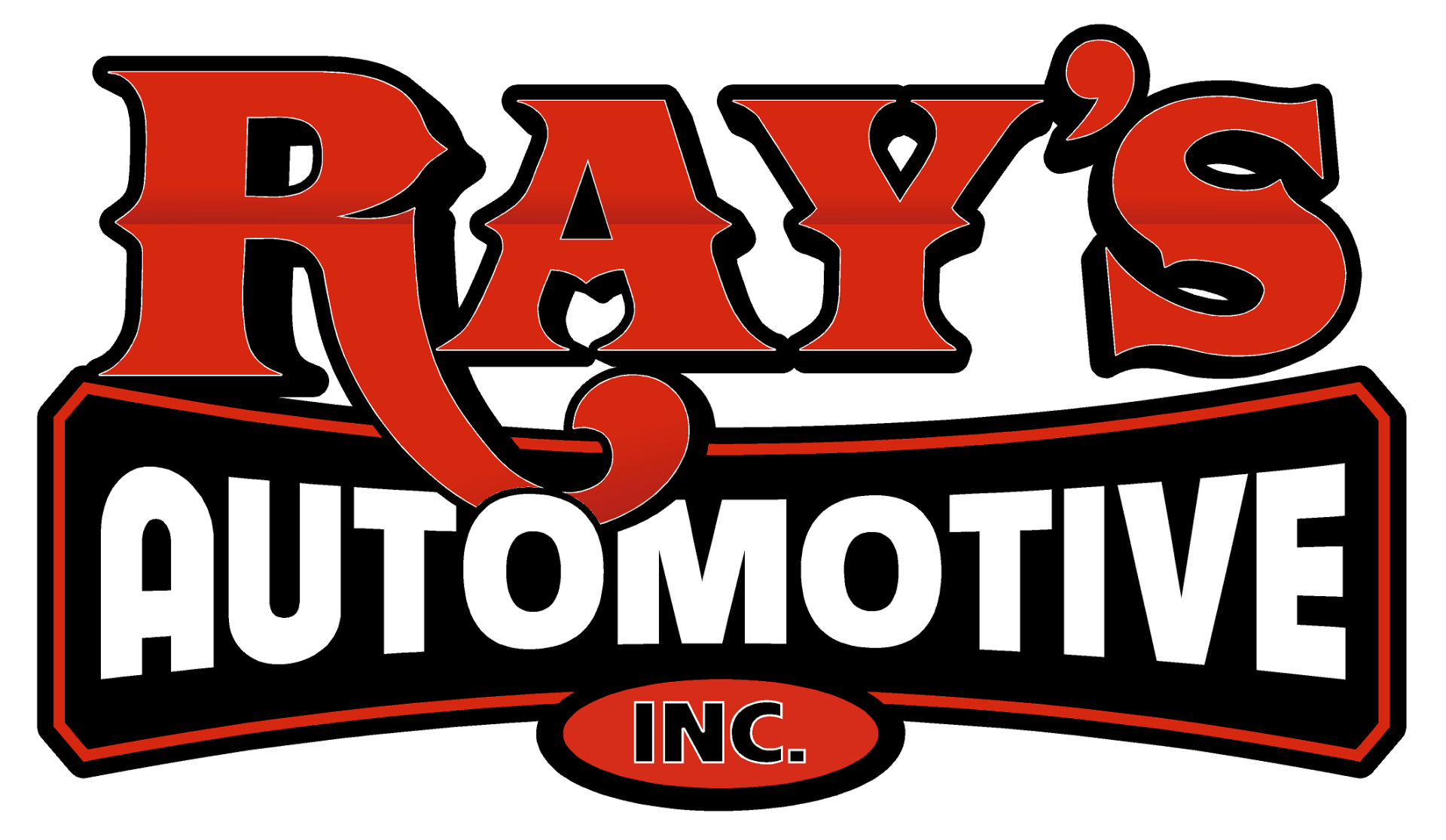Why Is the Paint on My Car Peeling?
Is the Paint on Your Car Peeling? This Could Be Why
Having your vehicle's paint job fail is very frustrating. The types and causes of failure vary from the original painting process at the factory to vehicle care to refinished surfaces from accident repair. Below are the various reasons of paint failures and possible causes.
Delamination
The clear coat on your car's paint protects its base color, but when it begins peeling—known as delamination—it compromises surrounding areas, causing the issue to spread. This can result from insufficient clear coat application at the factory or damage from substances like bird droppings left on the vehicle.
If the issue follows a repair, it may stem from body shop shortcuts. Common errors include using incompatible materials, blending clear coat only on part of a panel instead of covering it entirely, or failing to remove moldings, which prevents proper edge application. These mistakes weaken the clear coat's adherence, leading to eventual failure.
Peeling
Peeling is the pulling away of the full paint job, base color and clear coat, from the panel underneath. For peeling to occur, the wear and tear on your vehicle has to be considerable. General Motors and Chrysler vehicles had a past issue stemming from not sealing their e-coat before applying the colored base coat. E-coat is for corrosion protection but it is susceptible to Ultraviolet (UV) sun rays causing breakdown. Without a sealer being applied, the UV rays penetrated through the base coat and disrupted the e-coat layer, ultimately leading to the paint peeling. This same issue may occur at the body shop if the shop does not properly seal the new part before applying colored base coat.
Rust
When there are areas of chipped paint, moisture will penetrate into the area, and metal oxidation leads to rust. Use a reputable auto body shop that will properly correct paint defects before oxidation can occur. For non-painted areas, such as the under body, particularly on trucks in New England, be sure to wash your vehicle frequently to remove deposited salts kicked up from the winter treated roadways.
Fading
As vehicles age, the colored pigments in the paint will begin to fade. Red pigmented paint is especially susceptible to fading, transitioning from red to orange in appearance over time. The UV rays from the sun are the main contributor to paint fade and to a lesser extent airborne pollutants. The consumer can do little about this other than trying to garage their vehicle when not in use to reduce UV exposure.
Whitening of Clear Coat
A whitish haze may appear within the top clear coat with vehicle age or sometime after having a body repair performed. The whitish haze is the clear coat chemically breaking down, usually due to extreme exposure to UV rays. This happens more often in southern regions where the sun hits the Earth more directly. The roof and hood are the most susceptible portions of the vehicle since the rays are most direct on these areas.
After a repair, the panel should be not waxed for 90 days to ensure the clear coat is fully hardened. Waxing it sooner than that will weaken the clear coat leading to premature failure. As discussed earlier, if a clear coat is blended within the panel, the edge of the clear coat blend is thin and will fail quickly under the UV rays leading to hazing and then delamination.
How Can I Fix It?
There are many solutions for DIY paint peeling repair that you can find. But, it is a risk you have to be willing to take. Handling paint peeling properly can be tricky and if you attempt to handle it yourself, you could end up with a bigger mess than when you started. The best solution is to bring it to your auto body shop and have them handle the repair. Auto body shops are skilled in repairing paint peeling on your vehicle. Once your car is fixed, prevention is key. Small things that you can do in order to help prevent any peeling is:
- Keep your car out of the sun as much as possible
- Wash it frequently and carefully
- Wax your car occasionally, but only 90 days after a repair
- Get rid of bird droppings, tree sap, or dirt as soon as possible
Peeling Paint? Call Ray’s in CT
If you notice fading or peeling paint on your vehicle, it’s important to address it right away before the damage spreads further. Don’t wait—bring your car to Ray’s Automotive, where our experienced team specializes in expert vehicle painting and restoration. We’ll help bring your vehicle back to its original condition, making it look as good as new. Contact Ray’s Automotive today and let us take care of your car with the quality and care you deserve.



